Nathan Horton has been running travel photography tours in Asia for more than a decade, he discuses the latest trends in the sector, arguing the case for responsible tourism and developing a good relationship with the local community that hosts you.
When and why did you start travel photography? I basically started travel photography when I first picked up a camera. I was never sure if I used to travel as an excuse to take photos, or if I took photos as an excuse to travel, but I did know that they went well together. One excused the other.
How did this develop into travel photography tours? Travel photography tours came much later. After graduating with a degree in photo arts I travelled for many years around Asia, again just using my travel as an excuse to take pictures and my minor income from selling them to pay for more travel, but my first child 22 years ago grounded me for a while. As soon as I knew I had to look after someone else, I cancelled my next trip, which I already had tickets for, and I redirected my approach to photography. In short I had to take commercial photography in London more seriously.
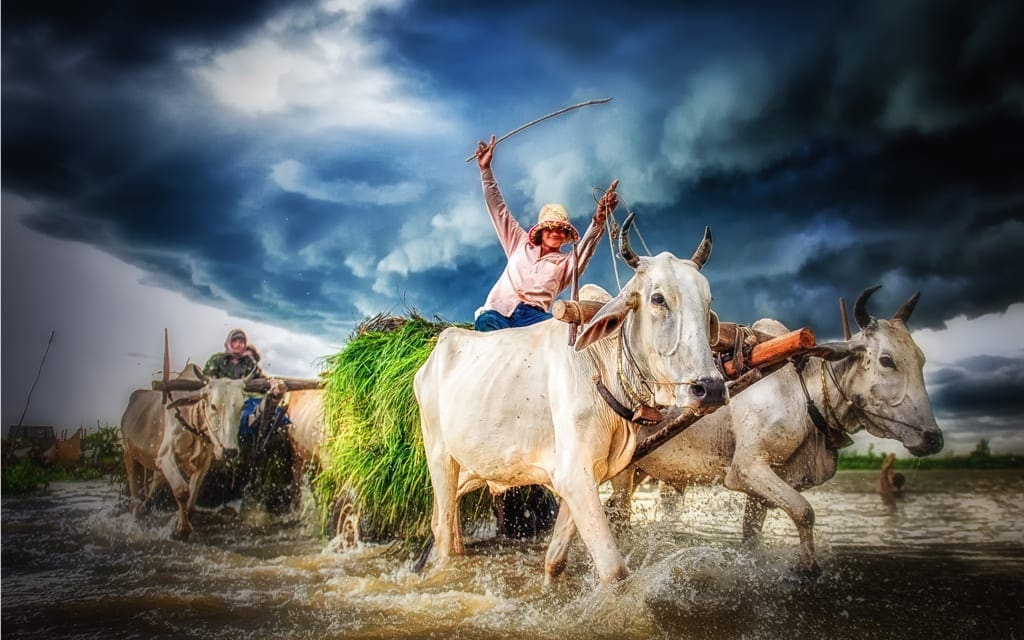
Many years later, in 2005, I was commissioned by a London magazine to do a main feature about Cambodia. While there, the tour operator asked if I had ever thought about teaching photography. To which I replied “absolutely not”, but he suggested it might not be a bad idea to teach while showing people around a country, such as Cambodia. I still had to go away and think about it. The more I did so, the more I liked the idea. My life had changed and I had a chance to travel again. Teaching photography seemed like a reasonable way to get back to the photography I loved – travel photography.
Remember you are always trying to tell a story
Where were your first travel photography tours and how did you find the destinations? Almost exactly a year later I moved to Phnom Penh to run extended tours for small groups around Cambodia and Laos for the same guy who introduced me to the idea. In the beginning business was slow, so I supplemented my income by starting my own business with half-day walking tours around the river quarter of Phnom Penh.
How have the travel photography tours evolved since you started? My personal business grew very organically. What started as half-day walking tours around Phnom Penh, grew into whole day tours, and then into long weekends to include nearby destinations like Silk Island, Udong and Kampong Chhnang. Later, I started running long weekend trips to Angkor, and later still I joined the dots by offering mid-week tours of the rural provinces in between Phnom Penh and Angkor. I was then offered to run tours in Myanmar and Nepal, which had been a long-term dream of mine. With time, my own business became more successful than the ones I was working for, so I left and started running my own tours. Eleven years after starting, I now run up to 10 different itineraries in seven countries a year.
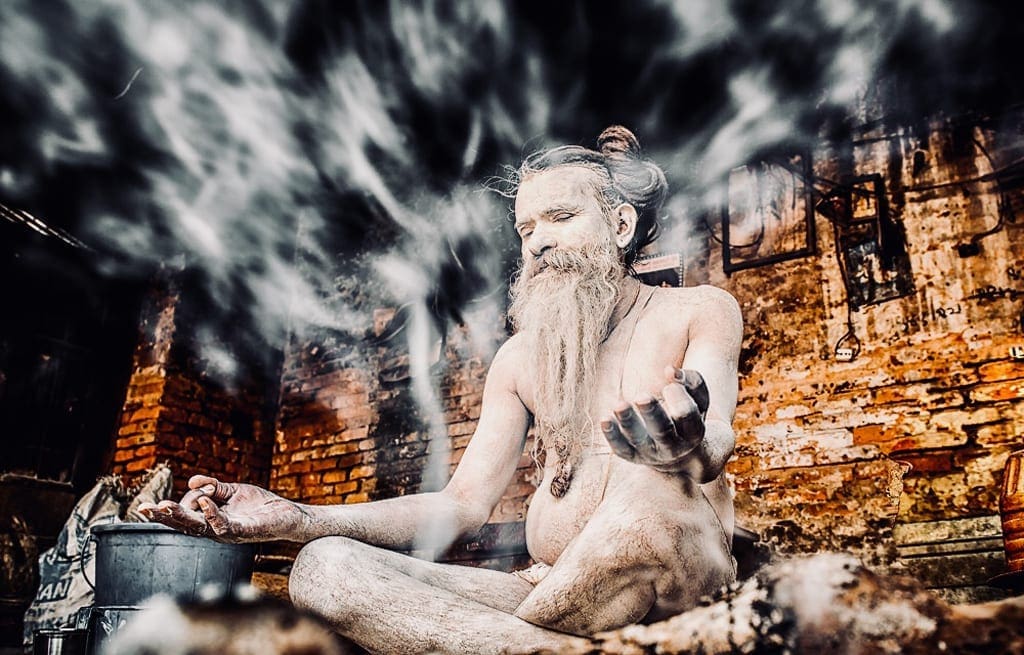
What is your favourite destination, and why? It’s a question I am always asked, and it’s a difficult one to answer. First and foremost, the true nature of a travel photographer is to enjoy the challenge of the unknown, so my answer could be swayed by whatever is new. But I have also realised over the years, there is an amazing benefit from revisiting favourite sites in terms of establishing best angles, best times of day and, more importantly, building up good relationships with people you are likely to photograph, such as the monks in Angkor or the Sadhus on Pashuputhnath Ghats in Nepal.
Cambodia will always be close to my heart precisely because of the strong relationships I have with people I visit all over the country. Rajasthan, India has always beguiled me with its amazing faces – both male and female – and its strong historical culture played out against such a dramatic landscape. Nepal again has wonderful people, a cross-over of culture, heritage sites and unsurpassed natural beauty. But if I really have to come off the fence I feel, at the moment, Myanmar – despite it’s bad press – is entertaining the strongest overall photography tour, with its numerous ancient capitals and monasteries, modern temples, diverse hill tribes, great treks, fishermen, markets, lakes and landscapes. Each day is filled with adventure, but often completely different from yesterday or tomorrow.
What is your top tip for travel photography? Remember you are always trying to tell a story. When you start out travelling, people often just photograph empty landscapes or magnificent buildings. If you get braver, you might start working on portraits of local people, but very often that starts as a close up – a head and shoulder – of an interesting character. The best travel photography however pulls the camera back to reveal an interesting character doing something interesting in an interesting environment. I often joke with my groups that travel photography is easy; all you have to do is get the right person, doing the right thing, at the right time with the right light and the right camera settings. Then you have nailed it. Of course, it’s incredibly difficult for all those things to come together at the same time, so you need some luck, but a good travel photography tour guide should be there to improve everyone’s luck.
A camera is a “key” to let us into other peoples lives, not a barrier between “us” and “them”
What has been the most challenging part of your business?
I suppose it’s convincing other people I am worth the money I’m asking. In short, the hardest part is gaining a good enough reputation to attract customers, and, in the long-run, a loyal customer base of returning photographers.
First and foremost, I can’t trick my customers. I need to know what I am doing inside out to actually teach them anything. I then need to be reliable and never let customers down. I promise I will help people take better pictures, so I had better have some great locations to take them and know exactly what the right time is to be there. I hate wasting people’s time. Sometimes we have to be early to get the best sunrise or sunset spots, but otherwise my tours are generally a whirlwind of rushing from one place to another because, at such and such a time, the markets are at their busiest, or the monks take their lunch, or the hill tribes return to their village after working in the field all day. Nobody wants to visit an empty market or mountain village.
More than anything I think people get off on my enthusiasm for what I do. I like creating that buzz, the air of excitement that we can make great pictures in the scenarios I introduce people to. I think the real thing I offer people is to make them feel more comfortable about photographing local people in their homes, temples, paddy fields … – their natural environment. At the end of the day, the true test of a good photography tour is whether people are going home with good pictures or not. If they have great pictures they are likely to come back for more.
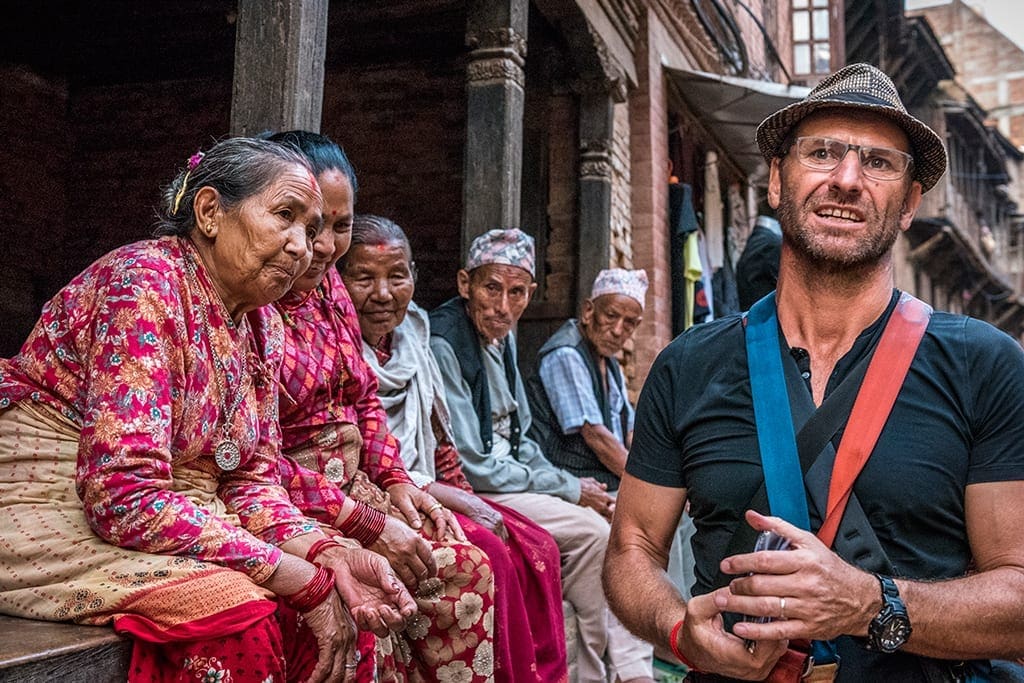
How important is responsible tourism and the interaction with local communities?
Responsible tourism and the support of local communities is absolutely central to what I do, not least of all because I couldn’t do what I do if I didn’t gain the support of the local communities. Of course, it’s not just about how I behave but how all my photographers behave behind me. So the first thing I try to do on the first day of my tours is teach a responsible way to approach local people. A lot of people think photography can be rude, and I agree it can be, but I make a strong argument that it’s not what we do, but the way that we do it that is important. The first thing to consider is that the whole world is not just out there for you to point your camera at. If you think someone is interesting enough to take a picture of them, then maybe they are interesting enough to spend a bit of time with.
Attending one or more of Nathan’s travel photography tours is only one way that you can support responsible tourism initiatives, to find out more about local tourism and the way that it is transforming how local communities benefit from tourism, read Is Local Tourism the Next Global Trend?
My central argument is that photography should be used as an excuse to meet people, not just sticking a camera in their face and running away. I believe a camera is a “key” to let us into other peoples lives, not a barrier between “us” and “them”. With a bit of patience you will take better pictures of local people by getting to know them. In the long term I can really help the local community. For instance by revisiting the same monastery in Angkor Wat for 10 years, I have got to know the head monk and gained a real understanding of his needs, and help buy the generator that he needs for electricity in a temple or help pay for new toilets, because all the tourists are using the monks’ toilets. In return the novice monks are more amenable about having their picture taken as they get to know me.
My biggest joy in teaching travel photography is … overhearing how humbled they have been by meeting so many down to earth and “content” people on their travels.
What does the future hold for your tours? I think there is a fair chance of photography tours having another 10 years, but I think it will be increasingly about destinations rather than teaching new technology; the user face of cameras will get easier rather than harder. From a personal point of view I would love to say I will be exploring an endless array of new destinations, but I think I will look to scale down the number of tours I do each year and replace them with more obscure locations which will be more challenging to get to, and have less tourists around me. I have always said I see myself spending my later years around the Himalayas and that’s where my interests are in researching new tour itineraries.
How do you see responsible and sustainable tourism developing? For my market, which is essentially made from European, American and Australian customers, I think the continual growth of responsible and sustainable tourism is very likely. Unfortunately, that is being countered by a less sophisticated and mass market driven approach to travel adopted by many tour companies. To a large extent in my market, I think attitudes to travel are less about taking time off from life and working on the suntan or the selfie, and hopefully more about improving yourself in another kind of way; that might mean learning how to cook an ethnic cuisine, practice a certain kind of yoga and meditation, or indeed learning how to take better pictures while getting to meet local people and, hopefully, appreciate their lifestyle more. My biggest joy in teaching travel photography is not necessarily hearing people show off about what great pictures they took but by overhearing how humbled they have been by meeting so many down to earth and “content” people on their travels.
For more information, or to book one of Nathan’s travel photography tours, visit: http://www.nathanhortonphotography.com. Cover image: Three brothers in Red Turbans, Rajasthan, India.
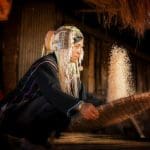
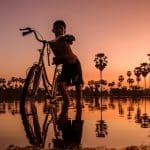
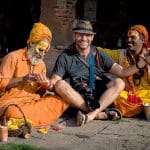
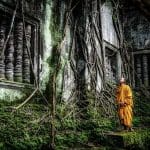
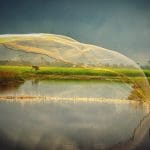
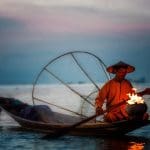
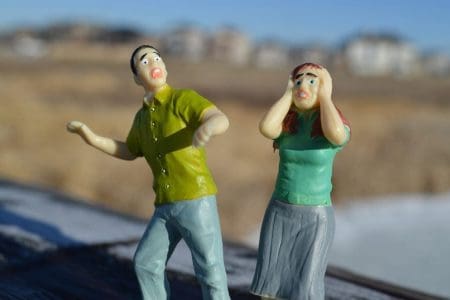
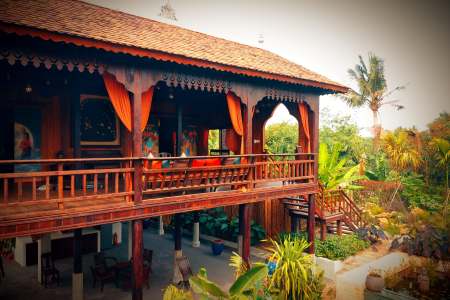
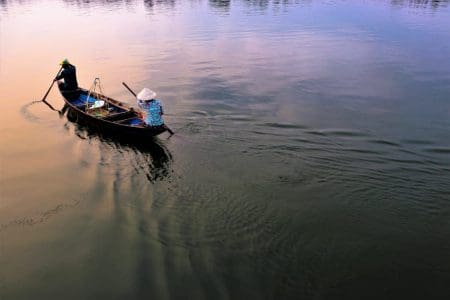
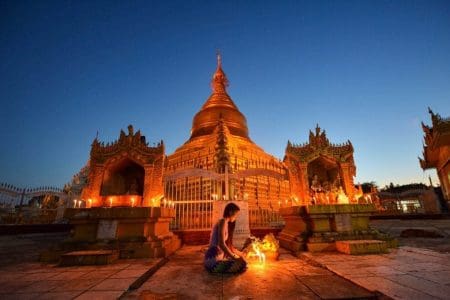
Great interview, Mark!
I’ve always been a traveler, but never thought of making it a source of income. Recently, I quit my routine job in order to become a travel photographer and capture marvellous landscapes. Would love to join Nathan’s photo tour while starting out. Where do I sign up for it?
Also, found a great resource on learning travel photography while searching on Google:
https://www.pixpa.com/blog/travel-photography-tips
Cheers!
Hi – I’ve passed your details on to Nathan, but you can visit his website at http://www.nathanhortonphotography.com or email him at: [email protected]. Best
Great article about Nathan. I have done 2 great trips with Nathan and both of them were amazing. The first trip was to Myanmar and a couple of months ago to Cambodia. He has a fantastic attitude and Is a great teacher. Also, his way with people is a joy to observe!!! I am looking forward to another trip with him in the future.
Gillian Watson from West Vancouver, Canada
yes – he does run great photography tours
Thanks for explaining how you want to try to tell a story on a photography tour. Keeping things thematic to help with this would be really good. My husband and I are looking to go on a photography tour, so we’ll have to consider what story we want to tell. https://torontophotosafari.com/tour-descriptions/
Hope you enjoy your photography tour!
Thanks for explaining that we should always try to tell a story when taking photos, instead of just snapping pictures of empty landscapes or impressive buildings. My husband and I want to travel internationally more, and I think doing some photography tours would be a fun and educational way to document our experiences. I’m glad I read your article because I think your advice will really help yield great quality photos.
Photography tours are a great way to travel – glad you found our article useful.